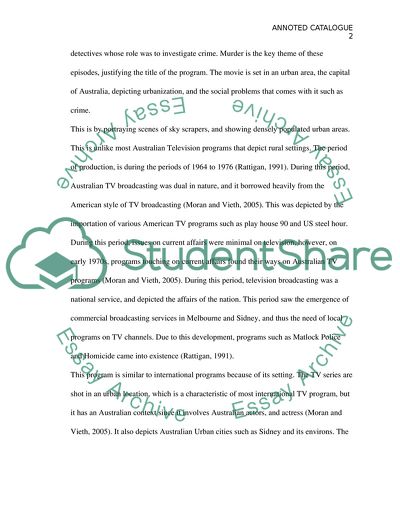Cite this document
(Annotated Catalogue Essay Example | Topics and Well Written Essays - 2000 words, n.d.)
Annotated Catalogue Essay Example | Topics and Well Written Essays - 2000 words. https://studentshare.org/visual-arts-film-studies/1782693-exhibitionprogramming-catalogue
Annotated Catalogue Essay Example | Topics and Well Written Essays - 2000 words. https://studentshare.org/visual-arts-film-studies/1782693-exhibitionprogramming-catalogue
(Annotated Catalogue Essay Example | Topics and Well Written Essays - 2000 Words)
Annotated Catalogue Essay Example | Topics and Well Written Essays - 2000 Words. https://studentshare.org/visual-arts-film-studies/1782693-exhibitionprogramming-catalogue.
Annotated Catalogue Essay Example | Topics and Well Written Essays - 2000 Words. https://studentshare.org/visual-arts-film-studies/1782693-exhibitionprogramming-catalogue.
“Annotated Catalogue Essay Example | Topics and Well Written Essays - 2000 Words”. https://studentshare.org/visual-arts-film-studies/1782693-exhibitionprogramming-catalogue.


